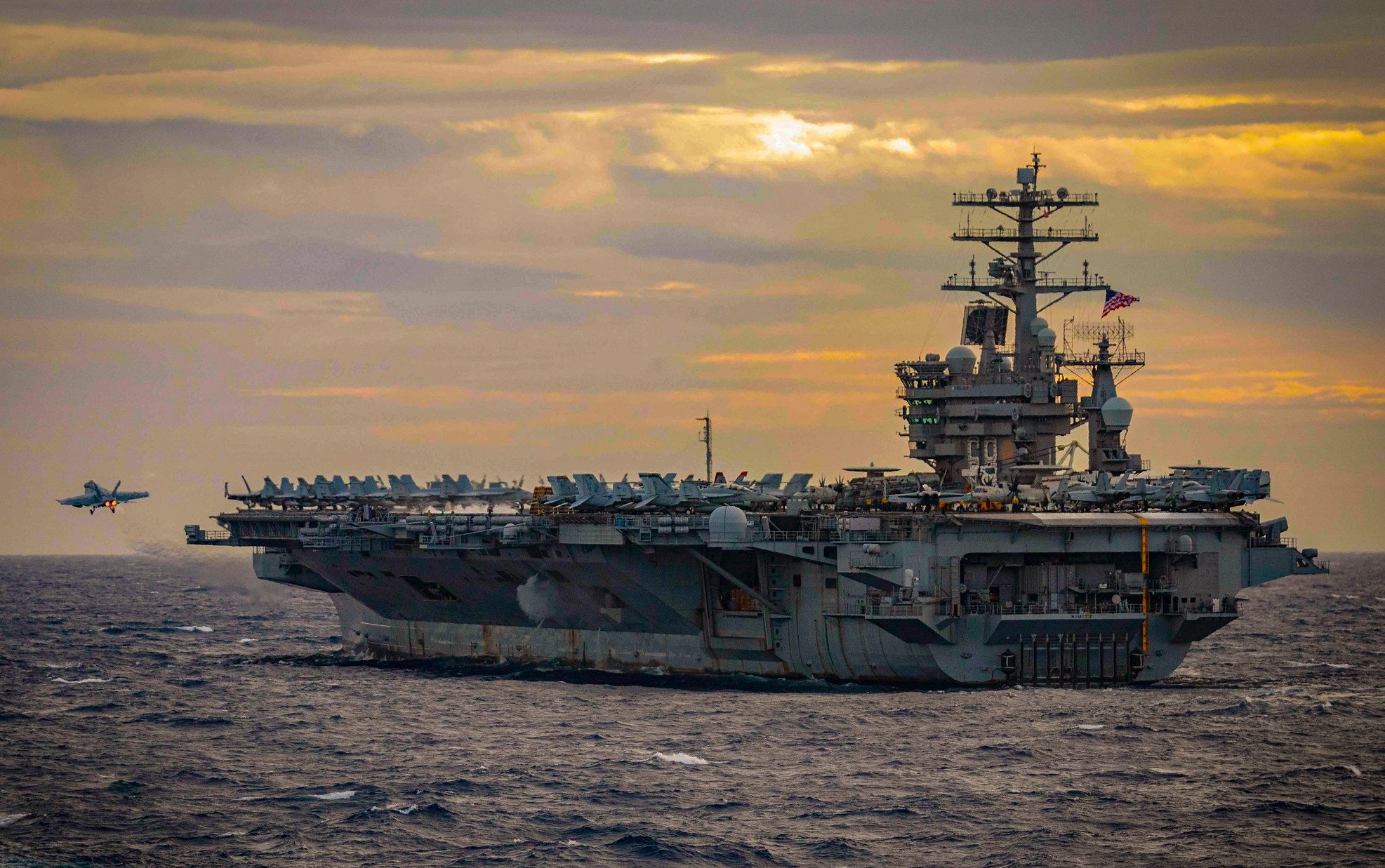

The US Navy is embarking on a crucial change as the USS Nimitz, an innovative nuclear-powered aircraft carrier that debuted in 1972, is slated for decommissioning in May 2026. Its successor, the USS John F. Kennedy, which belongs to the Gerald R. Ford class, is experiencing delays and is now projected to enter service in March 2027. The Kennedy, which has been under construction since 2009, is engineered to support 100,000 tons and is equipped with cutting-edge technologies such as the Enterprise Air Surveillance Radar and the capability to operate F-35C Lightning II jets. It features robust Bechtel A1B nuclear reactors, allowing speeds of up to 30 knots and accommodating 4,660 crew members. The ship’s armament comprises RIM-162 Evolved Sea Sparrow Missiles and Phalanx Block 1B systems, along with a flight deck suited for 80 aircraft. The delays are attributed to system enhancements, including the transition to electromagnetic technology for arresting gear and weapons lifts. In spite of these hurdles, the USS John F. Kennedy is anticipated to be a powerful addition to the Navy, upholding the tradition of nuclear-powered carriers.